Home>Furniture & Design>Bathroom Accessories>Why Did My Toothbrush Turn Pink
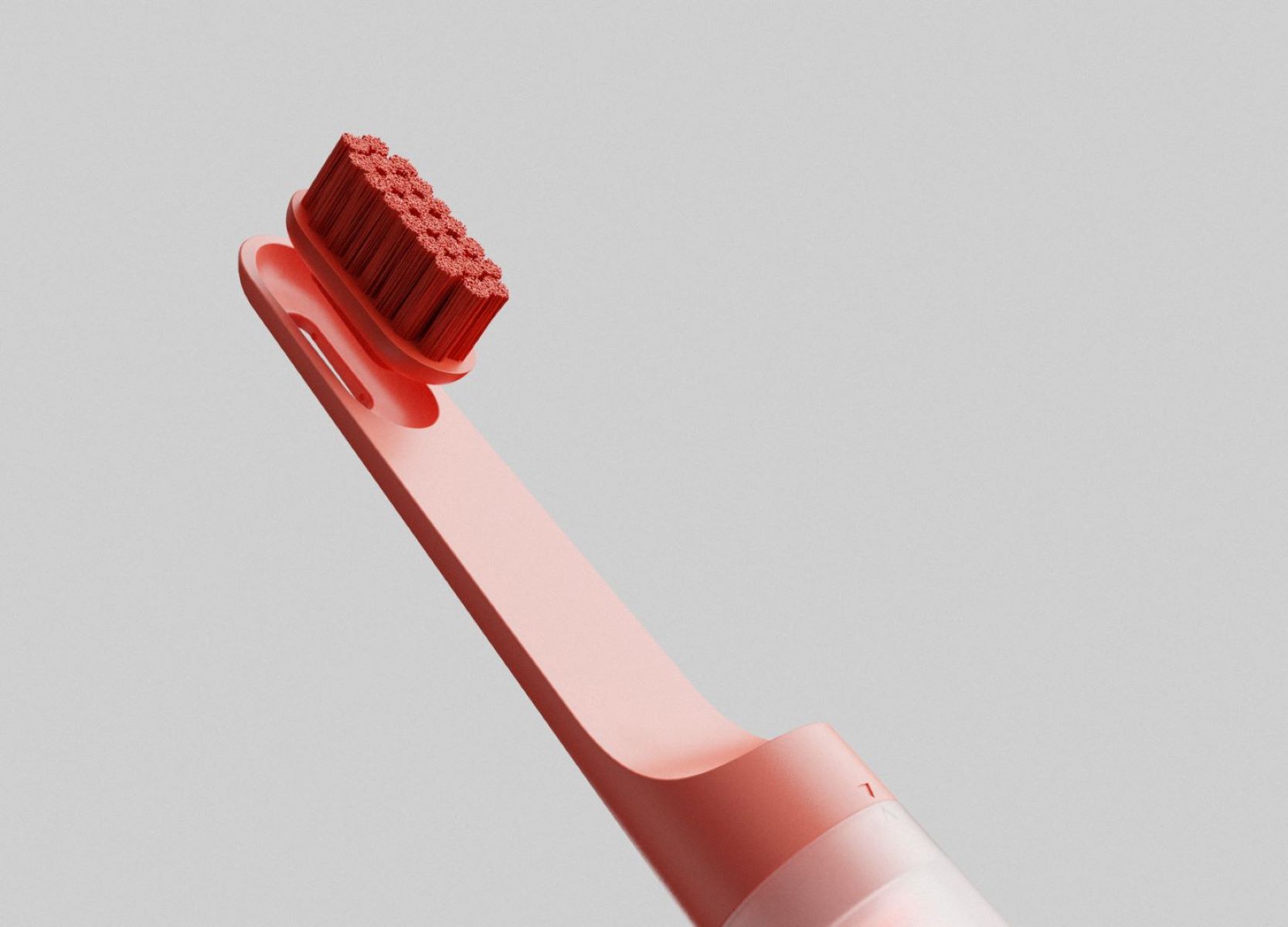

Bathroom Accessories
Why Did My Toothbrush Turn Pink
Modified: October 18, 2024
Discover why your toothbrush turned pink and how to prevent it. Find the best bathroom accessories to keep your dental tools clean and fresh.
(Many of the links in this article redirect to a specific reviewed product. Your purchase of these products through affiliate links helps to generate commission for Storables.com, at no extra cost. Learn more)
Introduction
Have you ever reached for your toothbrush, only to find that the bristles have turned an unexpected shade of pink? It can be quite a puzzling sight, leaving you to wonder what could have caused this curious transformation. Fear not, for there are logical explanations behind this phenomenon. In this article, we will delve into the reasons why your toothbrush may have turned pink, unraveling the mysteries that lie beneath the surface.
The sight of a pink toothbrush can be surprising, even disconcerting, but rest assured, there are no supernatural forces at play here. Instead, the transformation of your toothbrush's bristles to a rosy hue can be attributed to a few common culprits. By understanding the underlying reasons, you can take proactive measures to prevent this color change in the future. So, let's embark on this investigative journey to uncover the truth behind the pink toothbrush mystery.
Key Takeaways:
- Say goodbye to pink toothbrushes! Rinse and air dry your toothbrush after each use to prevent bacteria and mold growth. Regularly replace it every 3-4 months for optimal oral hygiene.
- Choose toothpaste without SLS and store your toothbrush in an open holder to prevent chemical reactions and mold growth. Keep your toothbrush dry and clean for a vibrant smile!
Read more: Why Does My Bathtub Turn Pink
Reason 1: Bacteria
The presence of bacteria is a leading cause of your toothbrush turning pink. In most cases, this discoloration is due to a specific type of bacteria known as Serratia marcescens. This bacterium is commonly found in moist environments and can thrive on bathroom surfaces, including toothbrush bristles.
Serratia marcescens is known for its pinkish-red pigmentation, which becomes apparent when it colonizes a surface. When this bacterium makes its way onto your toothbrush, it can lead to the development of a pinkish hue on the bristles. The moist environment of a bathroom, combined with the residual toothpaste and saliva on the brush, creates an ideal breeding ground for these bacteria.
The presence of Serratia marcescens on your toothbrush not only causes the bristles to turn pink but also raises concerns about oral hygiene. The bacteria can potentially be reintroduced into your mouth during brushing, posing a risk to your oral health. Therefore, it is crucial to address this issue promptly to maintain a hygienic oral care routine.
To mitigate the growth of bacteria on your toothbrush, it is essential to implement proper hygiene practices. After each use, thoroughly rinse your toothbrush with hot water to remove any residual toothpaste and saliva. Additionally, allow the toothbrush to air dry in an upright position to prevent the accumulation of moisture, which can foster bacterial growth.
Regularly replacing your toothbrush is also vital in preventing bacterial buildup. The American Dental Association recommends replacing your toothbrush every three to four months, or sooner if the bristles show signs of wear. By adhering to this guideline, you can minimize the risk of bacterial contamination and maintain optimal oral hygiene.
Understanding the role of bacteria in causing your toothbrush to turn pink empowers you to take proactive measures to combat this issue. By implementing proper hygiene practices and regularly replacing your toothbrush, you can safeguard against bacterial growth and ensure that your oral care routine remains hygienic and effective.
Reason 2: Mold
The presence of mold is another potential reason behind the perplexing transformation of your toothbrush bristles to a pinkish hue. Mold, a type of fungus, thrives in damp and humid environments, making your bathroom an ideal breeding ground. When mold spores settle on the moist bristles of your toothbrush, they can proliferate and manifest as a pink discoloration over time.
Mold growth on toothbrushes is often attributed to inadequate drying and storage practices. After each use, if the toothbrush is not thoroughly rinsed and allowed to air dry in a well-ventilated area, residual moisture can create a conducive environment for mold to flourish. Additionally, storing a damp toothbrush in a closed container or in close proximity to other moist items can exacerbate the issue, promoting mold growth and the subsequent pink discoloration.
The presence of mold on your toothbrush not only alters its appearance but also raises concerns about hygiene and potential health risks. Inhaling or ingesting mold spores can lead to respiratory issues and allergic reactions, underscoring the importance of addressing this issue promptly.
To prevent mold growth on your toothbrush, it is crucial to implement proper drying and storage practices. After each use, thoroughly rinse the toothbrush under running water to remove any residual toothpaste and saliva. Then, shake off excess water and allow the toothbrush to air dry in an upright position, ideally in a well-ventilated area away from the shower or sink.
Furthermore, it is advisable to store the toothbrush in an open holder or a toothbrush holder with drainage to facilitate air circulation and prevent moisture buildup. Avoid covering the toothbrush with a cap or storing it in a closed container, as this can trap moisture and promote mold growth.
Regularly inspecting your toothbrush for any signs of mold and promptly replacing it if mold is detected is essential for maintaining optimal oral hygiene. By adhering to these preventive measures, you can mitigate the risk of mold growth and ensure that your toothbrush remains free from pink discoloration, safeguarding both its appearance and your oral health.
Understanding the role of mold in causing your toothbrush to turn pink empowers you to take proactive measures to combat this issue. By implementing proper drying and storage practices and regularly inspecting your toothbrush, you can effectively prevent mold growth and maintain a hygienic oral care routine.
Reason 3: Chemical Reaction
The transformation of your toothbrush bristles to a pink hue can also be attributed to a chemical reaction between the ingredients present in toothpaste and the materials used in the toothbrush bristles. Certain toothpaste formulations contain chemical compounds that, when in contact with the bristles, can lead to a color change over time.
One of the key culprits in this chemical reaction is a compound known as sodium lauryl sulfate (SLS), which is commonly found in many toothpaste brands. SLS is a surfactant that serves to create foam and facilitate the cleaning action of toothpaste. When SLS comes into contact with the bristles of a toothbrush, particularly those made of certain synthetic materials, a chemical reaction can occur, leading to the development of a pink or reddish discoloration.
The chemical reaction between SLS and the bristles of the toothbrush can be exacerbated by factors such as prolonged exposure and repeated use of toothpaste containing high concentrations of SLS. Additionally, the presence of other chemical compounds in toothpaste, such as artificial colorants and flavoring agents, can contribute to the color change through complex interactions with the bristle materials.
To mitigate the risk of a chemical reaction causing your toothbrush bristles to turn pink, consider using toothpaste formulations that are free from SLS or opt for natural and organic alternatives. By choosing SLS-free toothpaste, you can reduce the likelihood of a color change occurring due to chemical interactions between the toothpaste ingredients and the bristles of your toothbrush.
Furthermore, regularly rinsing your toothbrush after each use and allowing it to air dry can help minimize the accumulation of toothpaste residues on the bristles, reducing the potential for chemical reactions to take place. Additionally, replacing your toothbrush at recommended intervals can prevent prolonged exposure to toothpaste ingredients, further mitigating the risk of a color change due to chemical reactions.
Understanding the role of chemical reactions in causing your toothbrush to turn pink empowers you to make informed choices regarding toothpaste selection and oral care practices. By being mindful of the potential interactions between toothpaste ingredients and toothbrush materials, you can take proactive measures to preserve the appearance and integrity of your toothbrush, ensuring a vibrant and hygienic oral care routine.
Prevention and Maintenance
Maintaining the cleanliness and integrity of your toothbrush is essential for preserving its appearance and ensuring optimal oral hygiene. By implementing preventive measures and adopting proper maintenance practices, you can mitigate the risk of your toothbrush turning pink and promote a hygienic oral care routine.
Read more: Why Did My Electric Toothbrush Stop Working
Rinse and Dry Thoroughly
After each use, it is crucial to thoroughly rinse your toothbrush under running water to remove any residual toothpaste, saliva, and food particles. By diligently rinsing the bristles, you can prevent the accumulation of organic matter that can serve as a breeding ground for bacteria and mold. Additionally, shaking off excess water and allowing the toothbrush to air dry in an upright position facilitates the evaporation of moisture, reducing the likelihood of bacterial and mold growth.
Proper Storage
The manner in which you store your toothbrush plays a significant role in preventing discoloration and maintaining hygiene. Opt for an open toothbrush holder or a holder with drainage to allow for adequate air circulation around the bristles. Avoid covering the toothbrush with a cap or storing it in a closed container, as this can trap moisture and promote the growth of bacteria and mold. Furthermore, storing the toothbrush away from the shower and sink area can minimize exposure to excess humidity, contributing to a drier environment that discourages microbial growth.
Regular Replacement
Adhering to the recommended guidelines for toothbrush replacement is paramount in maintaining optimal oral hygiene and preventing discoloration. The American Dental Association advises replacing your toothbrush every three to four months, or sooner if the bristles show signs of wear. By routinely replacing your toothbrush, you can ensure that the bristles remain effective in removing plaque and debris from your teeth while minimizing the risk of bacterial and mold buildup.
Selecting the Right Toothpaste
The choice of toothpaste can also impact the appearance and longevity of your toothbrush. Consider opting for toothpaste formulations that are free from sodium lauryl sulfate (SLS) and artificial colorants. SLS-free toothpaste reduces the risk of chemical reactions that can lead to bristle discoloration, while avoiding artificial colorants minimizes the potential for extrinsic staining. Natural and organic toothpaste alternatives offer gentle yet effective cleaning properties, promoting both oral health and the preservation of your toothbrush's appearance.
By incorporating these preventive measures and maintenance practices into your oral care routine, you can safeguard against the factors that contribute to your toothbrush turning pink. By prioritizing hygiene and proactive maintenance, you can ensure that your toothbrush remains a reliable tool for maintaining a healthy and vibrant smile.
To prevent your toothbrush from turning pink, make sure to rinse it thoroughly after each use and store it in a dry area to prevent bacteria and mold growth. Additionally, replace your toothbrush every 3-4 months to maintain good oral hygiene.
Conclusion
In conclusion, the unexpected transformation of your toothbrush bristles to a pink hue can be attributed to several factors, including the presence of bacteria, mold growth, and chemical reactions between toothpaste ingredients and bristle materials. Understanding these underlying reasons empowers you to take proactive measures to prevent discoloration and maintain a hygienic oral care routine.
The presence of bacteria, particularly Serratia marcescens, can lead to the development of a pinkish hue on toothbrush bristles. By implementing proper hygiene practices, such as thorough rinsing and allowing the toothbrush to air dry, and adhering to recommended replacement intervals, you can mitigate the risk of bacterial buildup and preserve the integrity of your toothbrush.
Mold growth on toothbrushes, facilitated by inadequate drying and storage practices, presents another potential cause of pink discoloration. By diligently rinsing and thoroughly drying your toothbrush after each use, opting for proper storage solutions that promote air circulation, and regularly inspecting the toothbrush for any signs of mold, you can effectively prevent the development of a pink hue and maintain a clean and hygienic oral care tool.
Furthermore, the chemical reactions between toothpaste ingredients, particularly sodium lauryl sulfate (SLS), and the bristle materials can contribute to the color change of toothbrush bristles. Choosing toothpaste formulations that are free from SLS and artificial colorants, as well as diligently rinsing the toothbrush after each use, can help minimize the risk of chemical reactions and preserve the appearance of your toothbrush.
By prioritizing proper hygiene practices, diligent maintenance, and mindful product selection, you can safeguard against the factors that contribute to your toothbrush turning pink. Regularly replacing your toothbrush, selecting the right toothpaste, and adopting proper drying and storage practices are essential steps in preserving the appearance and integrity of your oral care tool.
In essence, the transformation of your toothbrush to a pink hue serves as a reminder of the importance of proactive maintenance and hygiene in oral care. By incorporating these preventive measures into your daily routine, you can ensure that your toothbrush remains a reliable and hygienic instrument for promoting a healthy and vibrant smile.
Frequently Asked Questions about Why Did My Toothbrush Turn Pink
Was this page helpful?
At Storables.com, we guarantee accurate and reliable information. Our content, validated by Expert Board Contributors, is crafted following stringent Editorial Policies. We're committed to providing you with well-researched, expert-backed insights for all your informational needs.
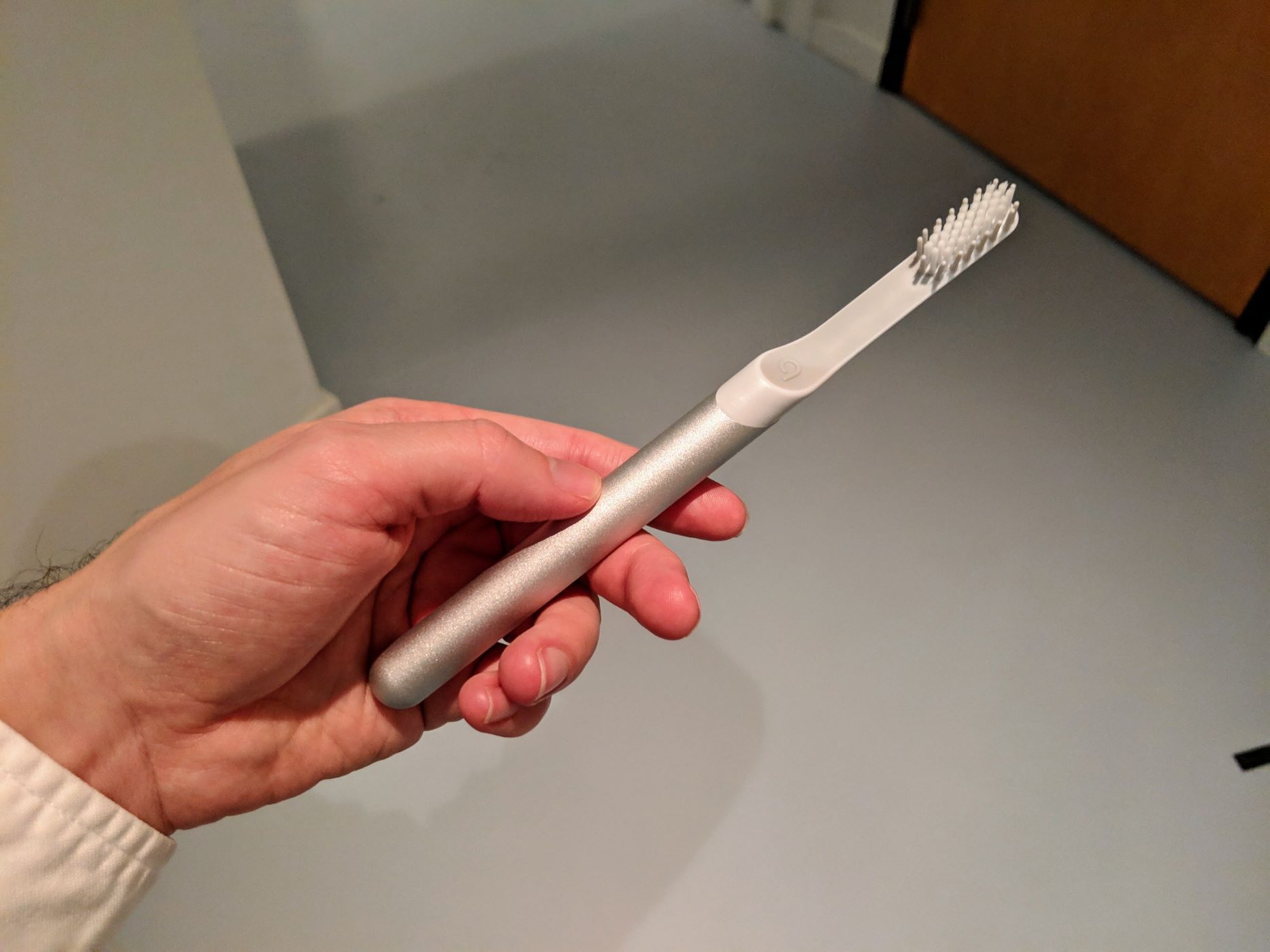
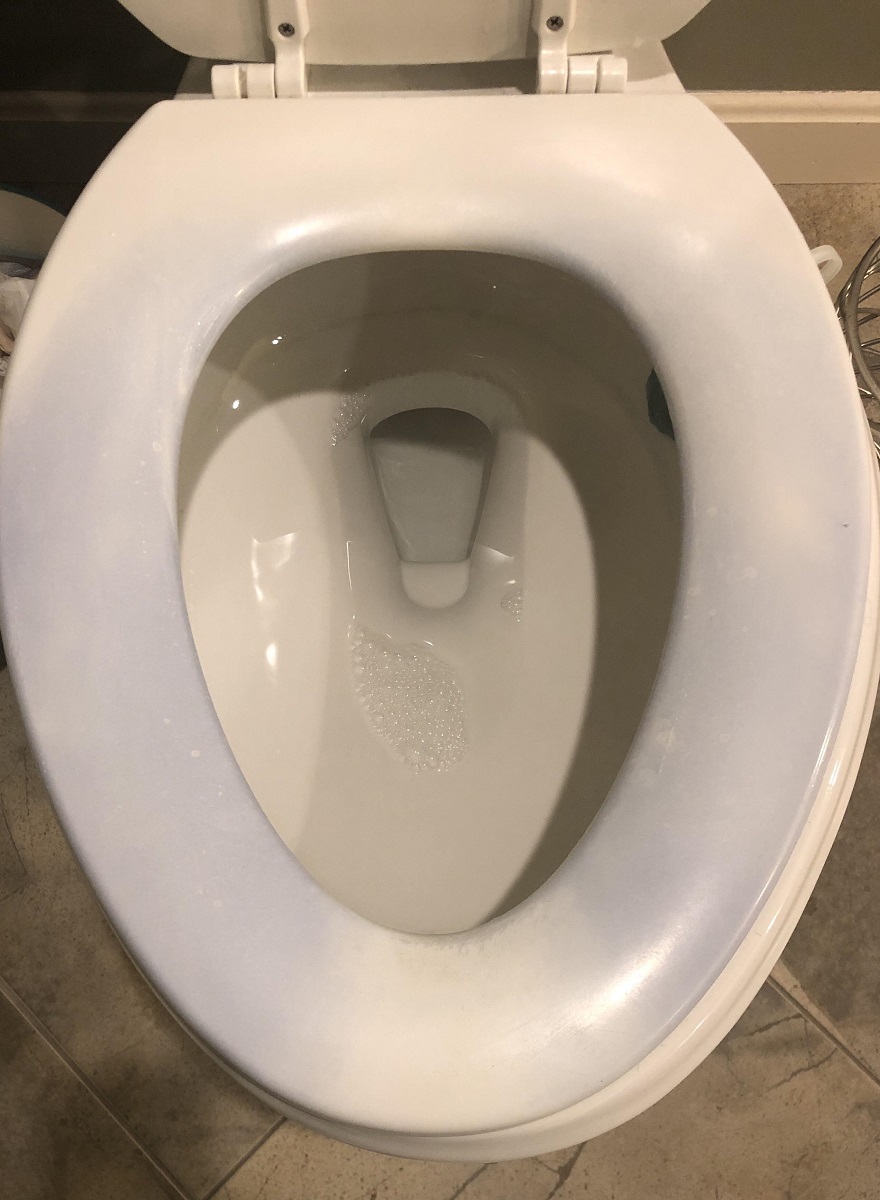
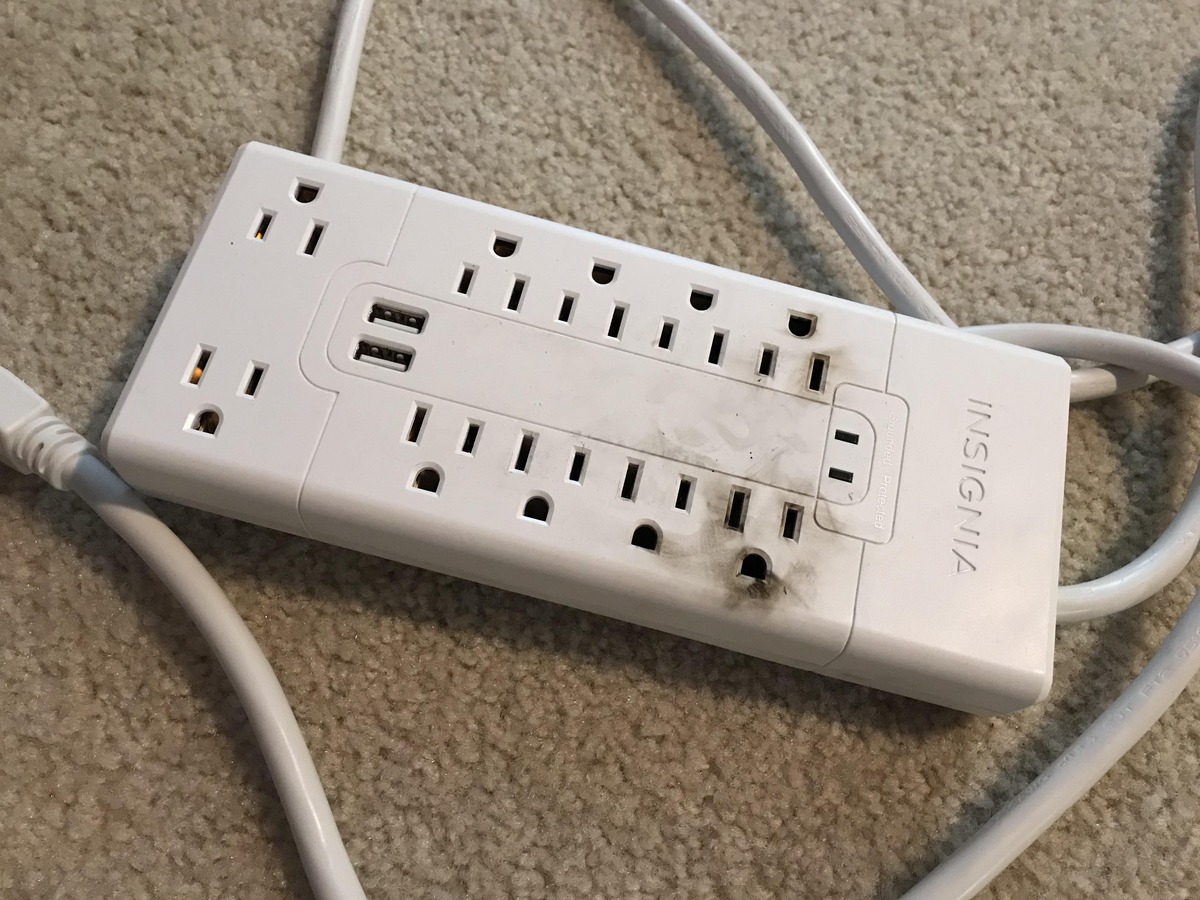
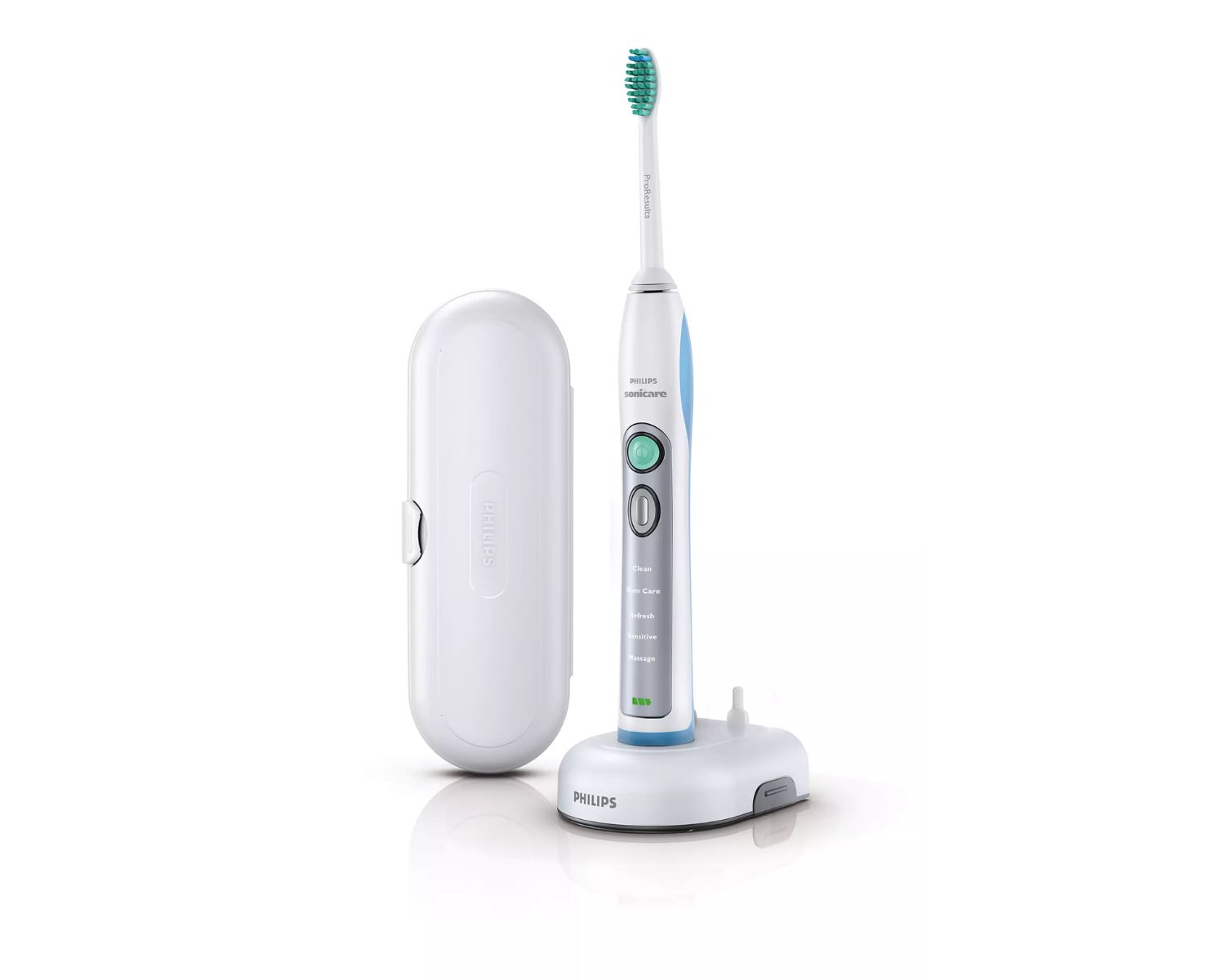
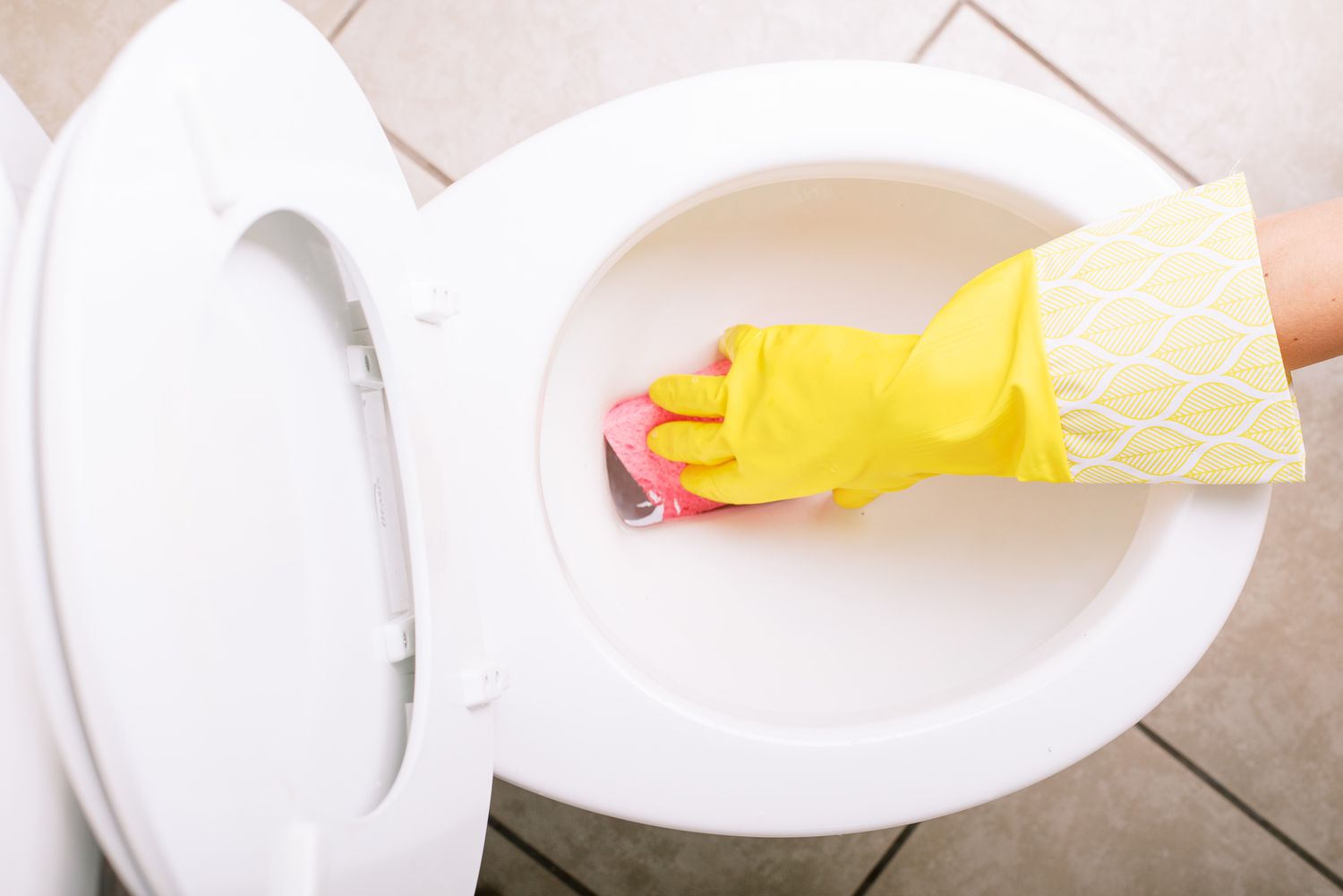
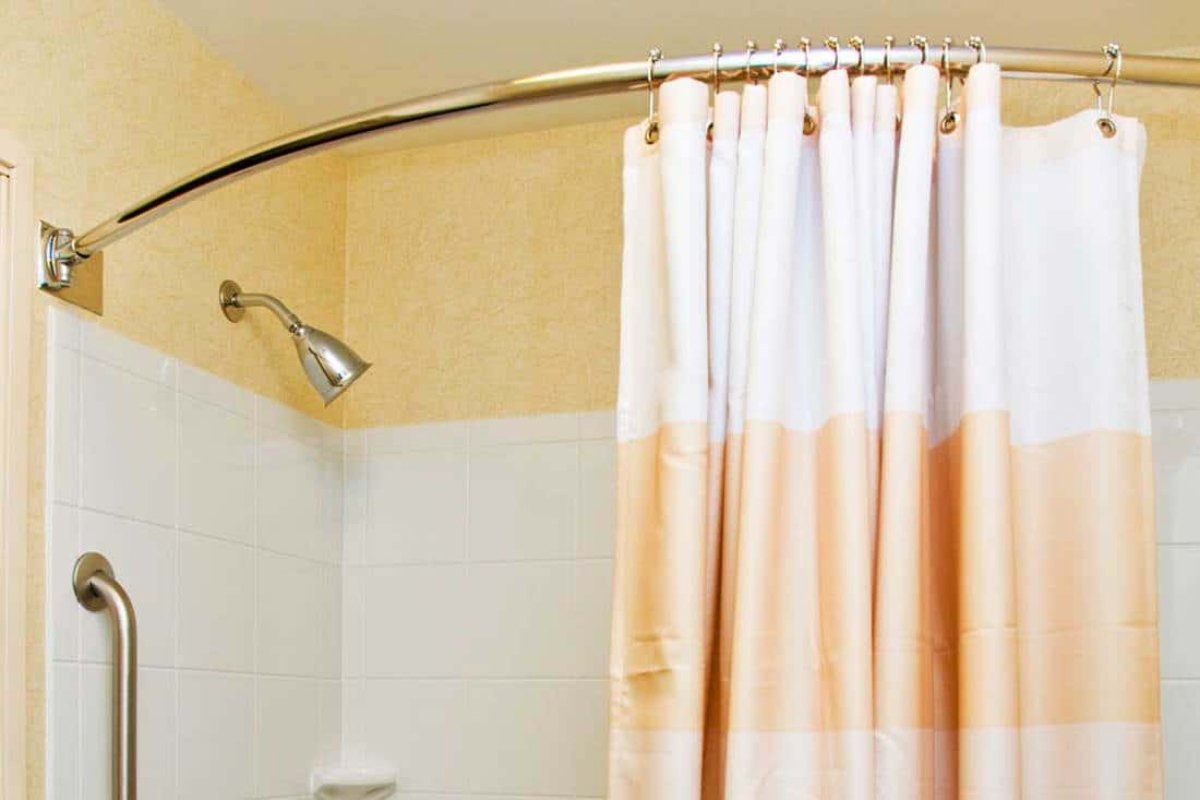
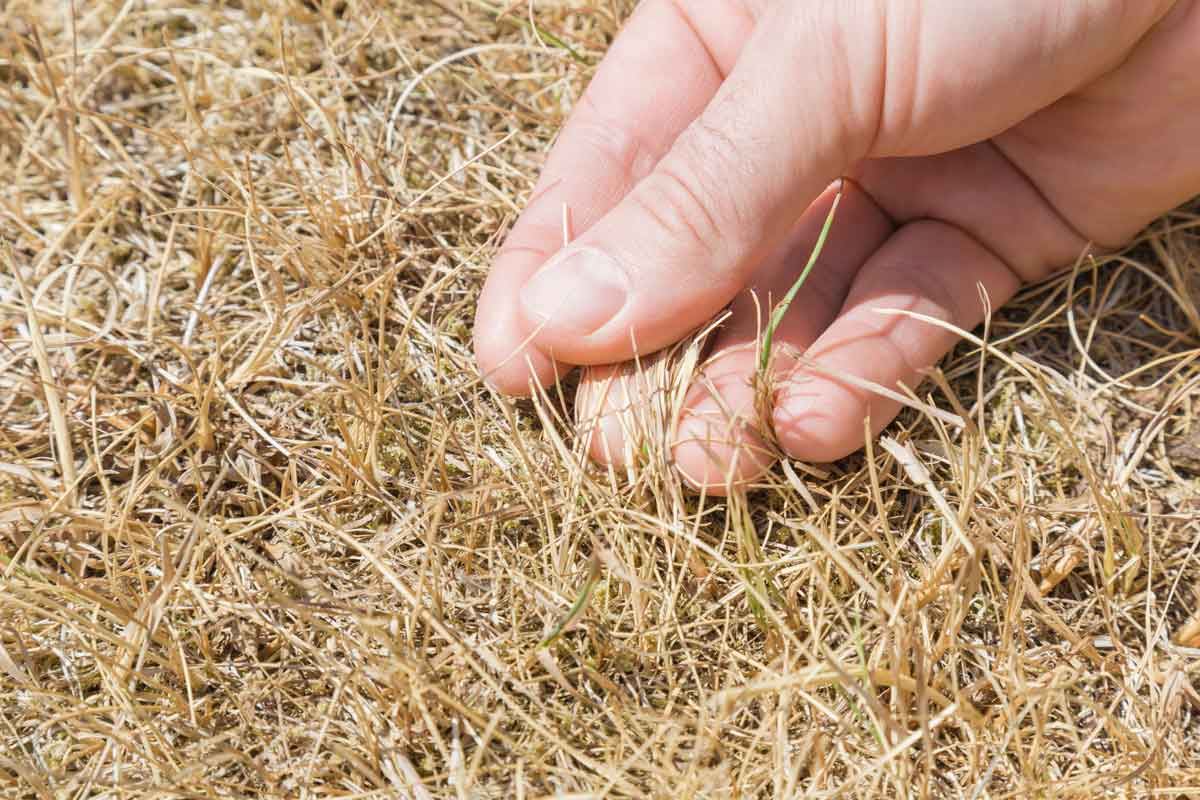

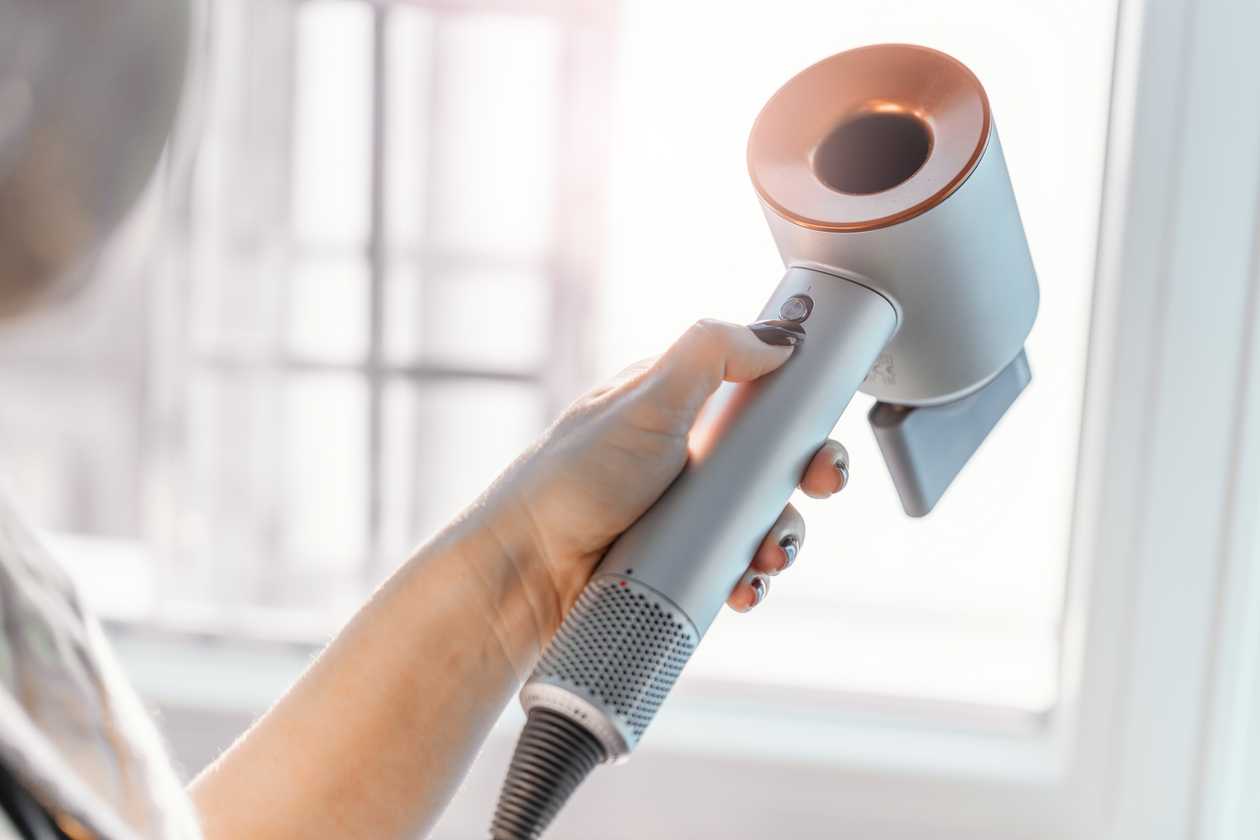

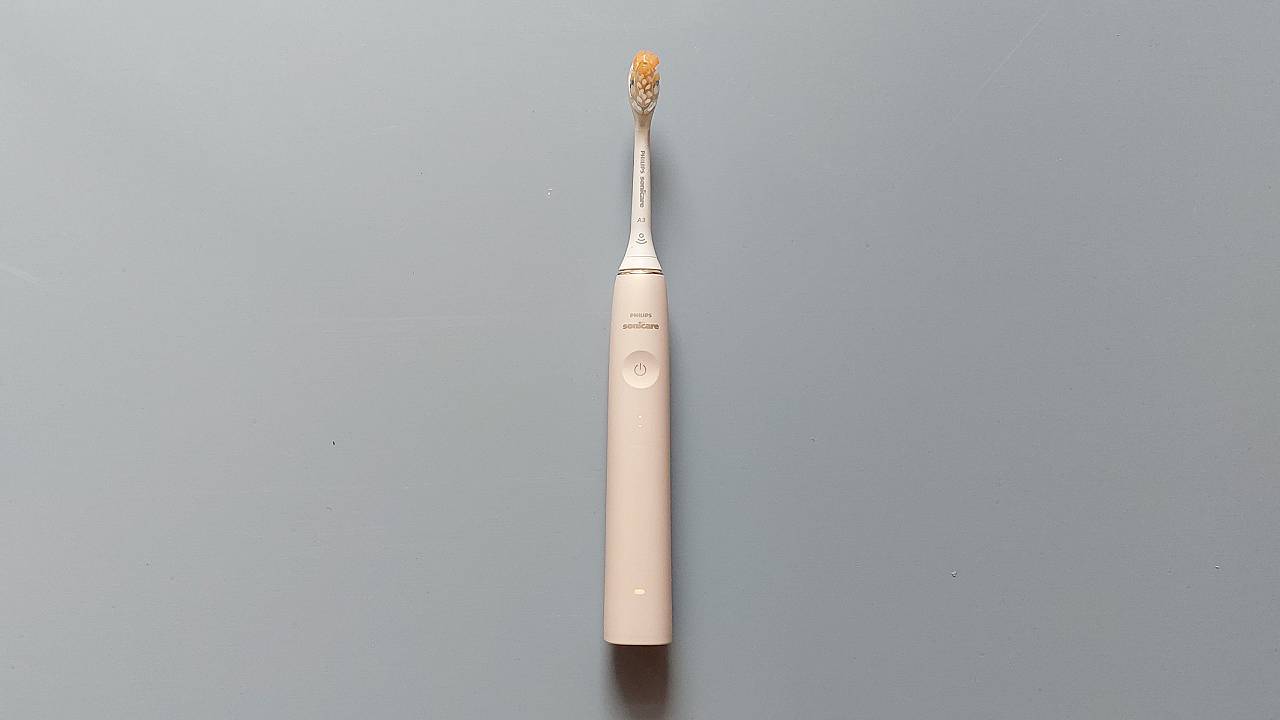



0 thoughts on “Why Did My Toothbrush Turn Pink”